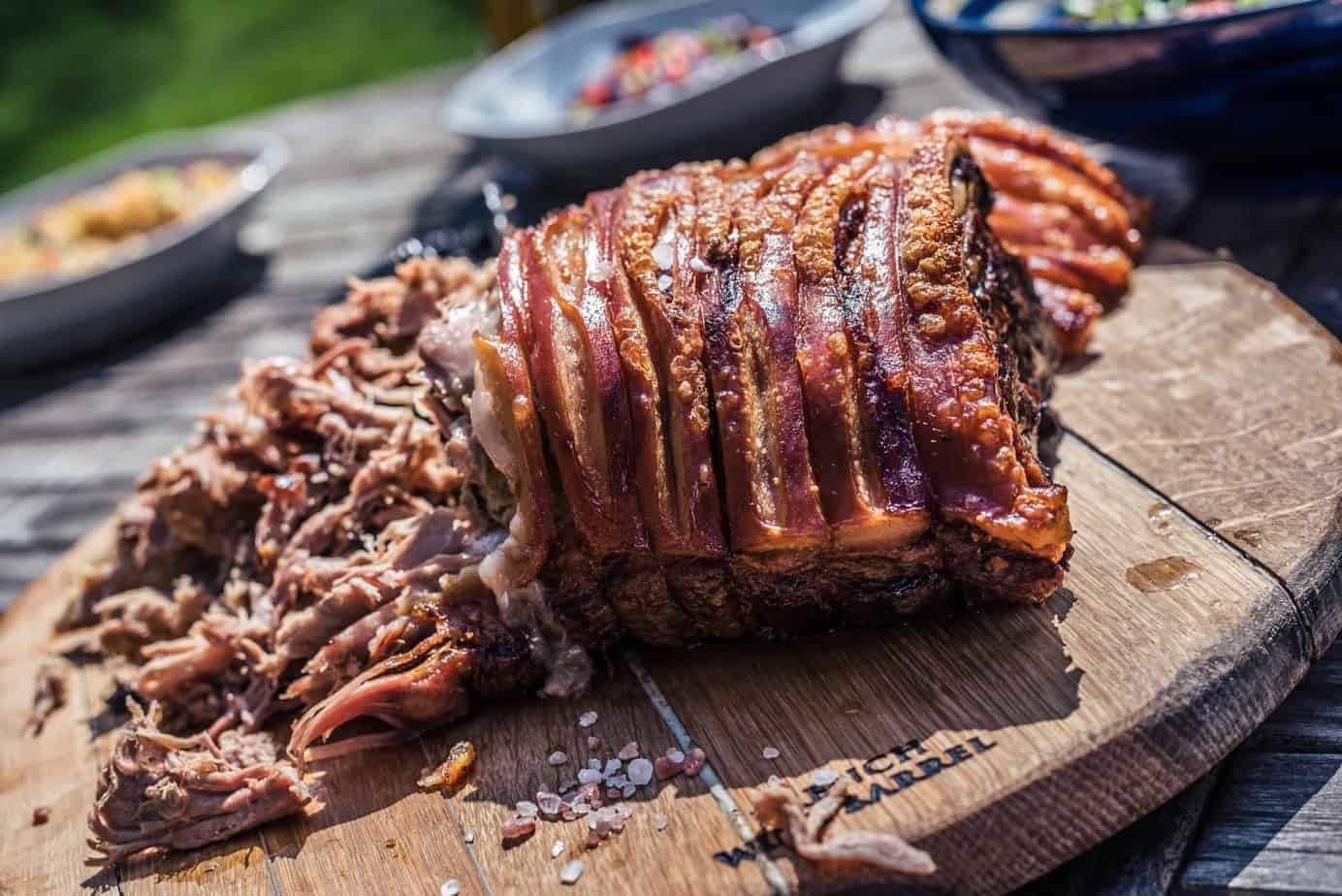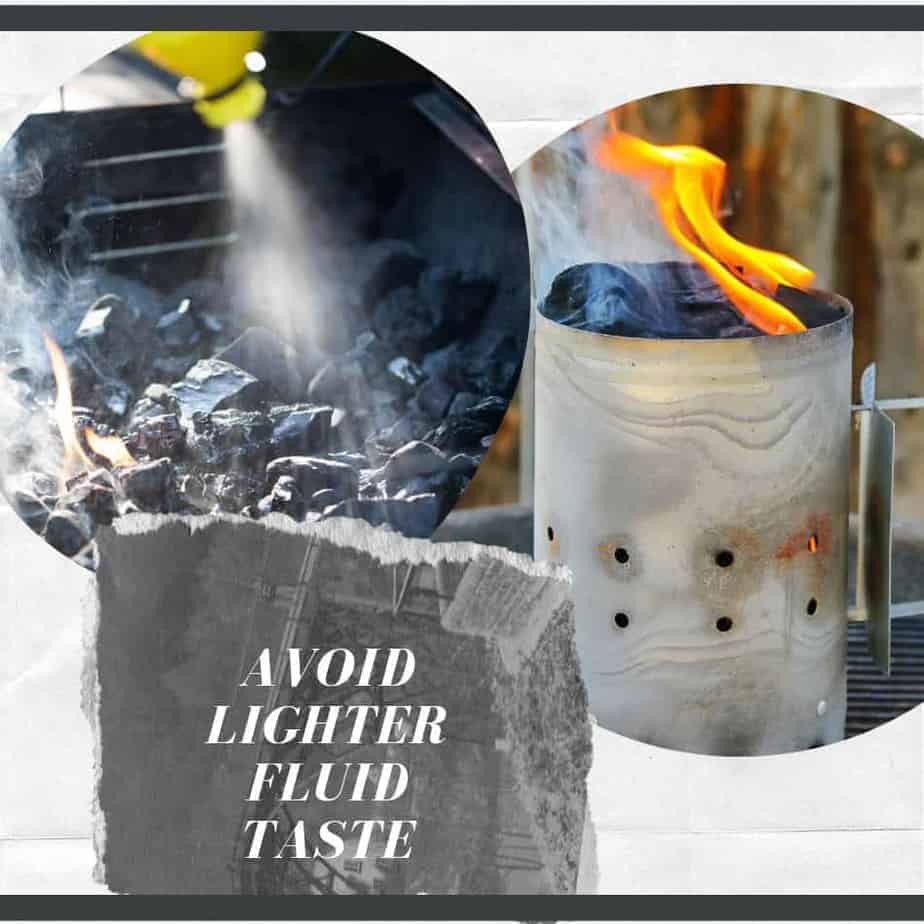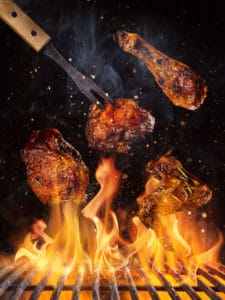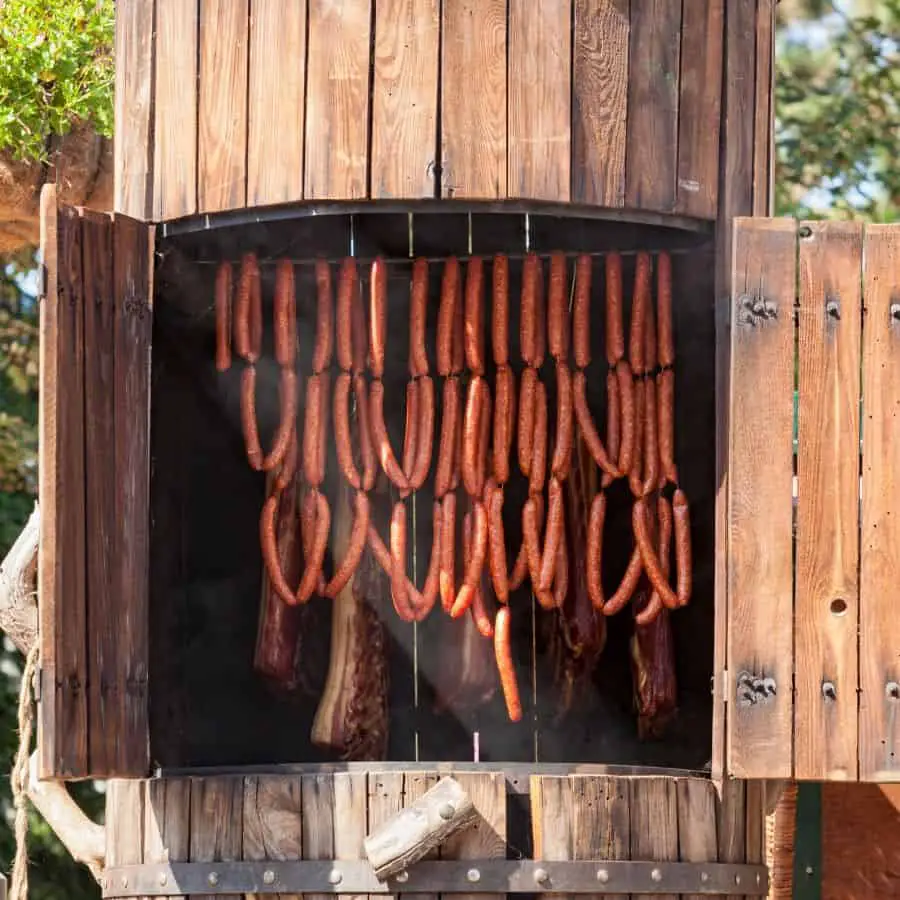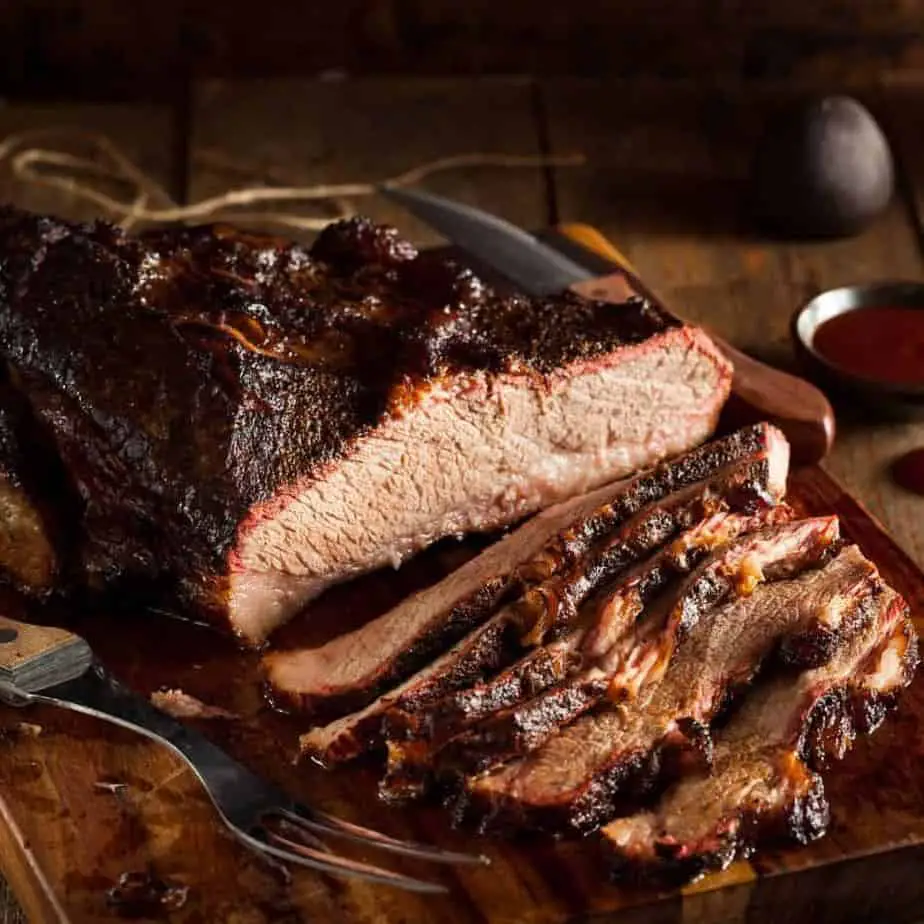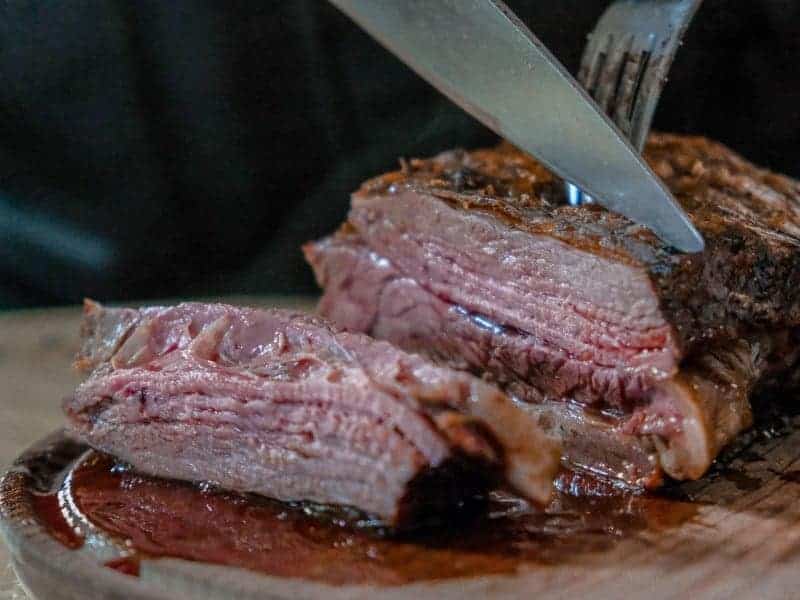The Ultimate Guide to BBQ Smoking Woods
Disclosure: This post may contain affiliate links. If you use these links to buy something we may earn a commission at not additional cost to you. Learn more.
Who doesn’t love a good barbeque? A BBQ brings people together to laugh, talk, and enjoy the meat! It’s even better when you have a master griller on the scene, searing in those grill marks. Don’t forget the smell and slight woody tastes of the smoked meats. Have you ever wondered how those grillers know what to do?
The ultimate guide to BBQ smoking woods. The most important thing that you need to know about BBQ woods is that you need to match the level of intensity to the type of meal that you are preparing. There are three main types of smoking woods that you need to know: mild, moderate, and strong
Types of woods by category:
| Mild Woods | Moderate Woods | Strong Woods |
| Apple | Maple | Mesquite |
| Cherry | Oak | |
| Peach | Hickory | |
| Pear | Pecan |
Each of these woods provides its own unique taste when paired with the right type of meat. Mild woods pair with things like chicken, other poultry, pork, and fish. Moderate woods go best with meats like burgers and steaks. Mesquite is a strong wood that works best combined with other woods to create a very special blend of flavors. How to best pair meat and wood – let’s get into that!
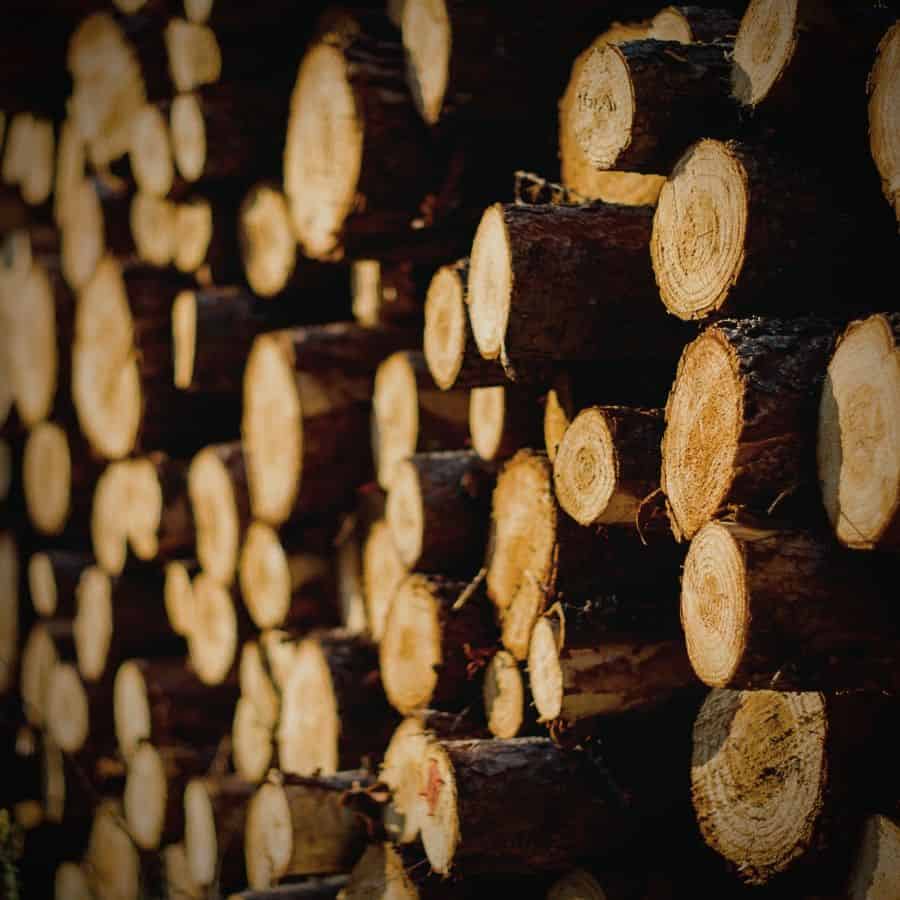
What to cook and how to cook with mild woods.
We’ve talked about how mild woods are used for cooking lighter meats. And that’s a great start. But you may be asking at this moment:
- How do I cook with mild woods?
- How do I prepare the meat?
- Is there a way to season my food appropriately before using this wood?
- Do I use a normal charcoal grill for this, or is there a more professional way to do it?
These are all good questions, and we’ll address them all. So, prepare to take notes. Or skim, if that’s your thing. Now, while these woods are separated into three different categories, we are going to take time to examine each individual wood to analyze the effects each of them has on your meat.
The more you know, the easier it will be to prepare dishes that will have the whole neighborhood stopping to see what’s going on at your house.
Applewood
Apple woods are easily one of the most iconic and popular BBQ smoking woods outside of the mesquite woods. The flavor it has is more of a subtly sweet, mildly fruity flavor that’s good for long smoking.
Imagine smoking your favorite meats for the majority of the day and how that would taste. I know. Amazing. Applewood is great for this long, slow smoke and leaves a mild, but flavorful taste.
Another great thing about apple woods is that they are easy to find all year round. Other woods, like cherry, peach, and pear become difficult or impossible to find outside of the spring or summer months.
As for seasonings that pair well with this wood, choose any personal favorite spice that has a little kick. Just rub that spice into the meat along with your favorite salty meat rub to create a good mesh of flavors. The slight kick of your seasoning should pair well with the slight, fruity taste of the applewood.
Cherry
Cherry is another great mild wood that is often overlooked from living in the shadow of the always available applewood. But it is well worth checking out when in season! As with the apple, cherry also provides that mild, fruity, sweet flavor to your meats, but it provides something slightly different.
Cherry has a warmer, mellow taste that is sure to complement any dish prepared in with this wood. Unfortunately, if you want to try the cherry wood, you are on a clock. Once the spring and summer months hit, it becomes increasingly difficult to find.
This particular wood pairs excellently with salmon, ham, and poultry without a doubt. As for seasonings, consider that a spicier seasoning paired with this wood may take away from the flavor that the mild cherrywood provides. Season your meats as usual but don’t let overdo it. Believe me, you’ll want the chance to fully appreciate the flavor cherrywood brings.
Peach
Who doesn’t like peaches? Peach woods are in the same category as all the other fruit woods mentioned so far and still have the same unfortunate issue as the cherry. Since they are not available, all year round, if you’re craving the smoky flavor produces, you out of luck if it’s not spring or summer.
Another thing about the peach wood is that unless you are down south, it can be difficult to find. Still, these days you can find almost anything online and peach wood chunks are available most of the year – though they might be pricier if not in season.
From my experience, I have always paired peach wood with pork. It just fits. That sweet, smoky peach flavor is a crowd-pleaser. You can also mix in a different wood to add another dimension of taste. In terms of spices, using peach wood with the right mix of cayenne pepper and creole seasoning and you have the perfect southern barbeque right there.
Pear
I’m sure you’ve eaten a pear, right? So, you probably know exactly where I am going with this. Pears and apples have a very similar texture: crisp and snappy. They grow at the same time of year and like the same type of climate. But for all of their similarities, they are different fruits with different tastes. The same applies to the pearwood.
Pearwood is a lighter, fruitier wood that delivers best when paired with poultry or fish. Despite being smoky, the aroma it gives is also refreshing at the same time, making you feel like you should have a glass of lemonade in your hand.
Unfortunately, like many of the woods listed here, it is only available for part of the year. With that being said, it’s not hard to understand why most people only know about hickory, apple, and mesquite. However, if you get the opportunity to grab it before you can’t pull it off the shelf, I recommend that you do.
Like I said before, pear is best when used in preparing poultry and fish. It provides a flavor reminiscent of the apple but at the same time different. When using this wood, be sure to slow smoke the meat after marinating it in some seasonings with a little more kick to them.

What About Moderate and Strong Woods?
Moderate woods are another long-burning family of woods that have a sweet smoky flavor but without the fruit. They also have a heavier flavor than the mild woods, and while they can still be paired with your lighter meats, they are normally best suited for things like burgers and steaks.
Maple
Maple is similar to the lighter woods in that it gives off a sweet, smoky taste and is actually regularly paired with pork and poultry. Another thing that it is paired with is cheese. I know, right! Who doesn’t love smoked cheese?
Maple is not too hard to find most of the year. So, when you’re looking for deeply smoky and sweet flavor that’s a little bold, but not too much, turn to maple.
The great thing about maple is that it can also be pair with salmon as well. I don’t know if you ever hade maple-smoked salmon, but you will slap someone who even looks at your food after you do. When it comes to seasoning your meat to pair with this wood, it is up to you. But hold the salt on pork. It is already naturally salty, and the sweet maple can be distorted if you try to do too much.
Oak
Oak is a very popular wood with a very distinct stronger flavor when it comes to smoking BBQ. It is typically paired with pork and beef ribs, but care must be taken to ensure that the flavor does not overpower the meat. Too much and you might feel like you’re eating the wood. Too little and the meat might not be evenly smoked.
Oak is not always readily available either. You typically have to make sure you get it in the spring and summer months to ensure you get your opportunity to cook with this type of wood. When using this wood on pork and especially the underrated beef ribs, be sure to keep an eye on your meat.
After the first hour of cooking with the oak wood be sure to spritz your meat every 30 minutes to ensure that the wood does not overpower and dry out your meat. No person that I know likes dry food so be careful about this.
Hickory
Hickory wood is usually a go-to option for most pitmasters, especially for brisket and other types of beef. It offers a very distinct unmistakable flavor that can be used on any meat you decide you want to throw on the grill or the smoker. It is especially kind to beef ribs as well as the flavor won’t overpower the beef.
Hickory is one of those woods that we are so fortunate enough to have available to use at any time of the year. So, if you happen to get the urge to barbeque in the middle of dead winter and talk to penguins about your day, that’s completely fine with this wood! Essentially, you can’t go wrong with this smoking wood.
Pecan
Pecan wood tends to be a bit stronger than most fruitwoods, but it is a very versatile choice when it comes to smoking your meats. It can be paired with any cut that you choose and will also infuse quite the savory flavor upon any meat.
Sadly, like so many other of the woods, this is a seasonal wood, and if you are looking to acquire it, you must purchase it during the spring and summer months to get that experience you are looking for. Outside of that you will give yourself a headache trying to locate it trying to impress your friends with your newfound grill master skills.
As mentioned before, you can use this wood with any meat that you choose — everything from fish and chicken to pork and beef. There is no limit! I would recommend some bold seasonings to complement its unmistakable flavor.
Mesquite
Now mesquite wood is in a whole category on its own as a strong wood. Who doesn’t know that robust distinct flavor that mesquite provides? You can’t miss it, and it is great for most cuts of meat, including chick and fish. There’s a reason why this is one the most popular types of woods out there.
However, don’t expect to do a slow smoke with mesquite wood though. This a fast burning wood with a strong flavor so if you’re not careful you can easily oversaturate your meat with its flavor. And nobody wants meat that no longer tastes like meat.
Mesquite is also available all year round so you can always go and get it when you have the urge to throw something on the grill and want to add that smoky mesquite flavor to your favorite meat. Also, personally (probably because of my Dominican heritage) it goes great with meats prepared with peppers that have a little heat to it. A mix like that and you cannot go wrong.
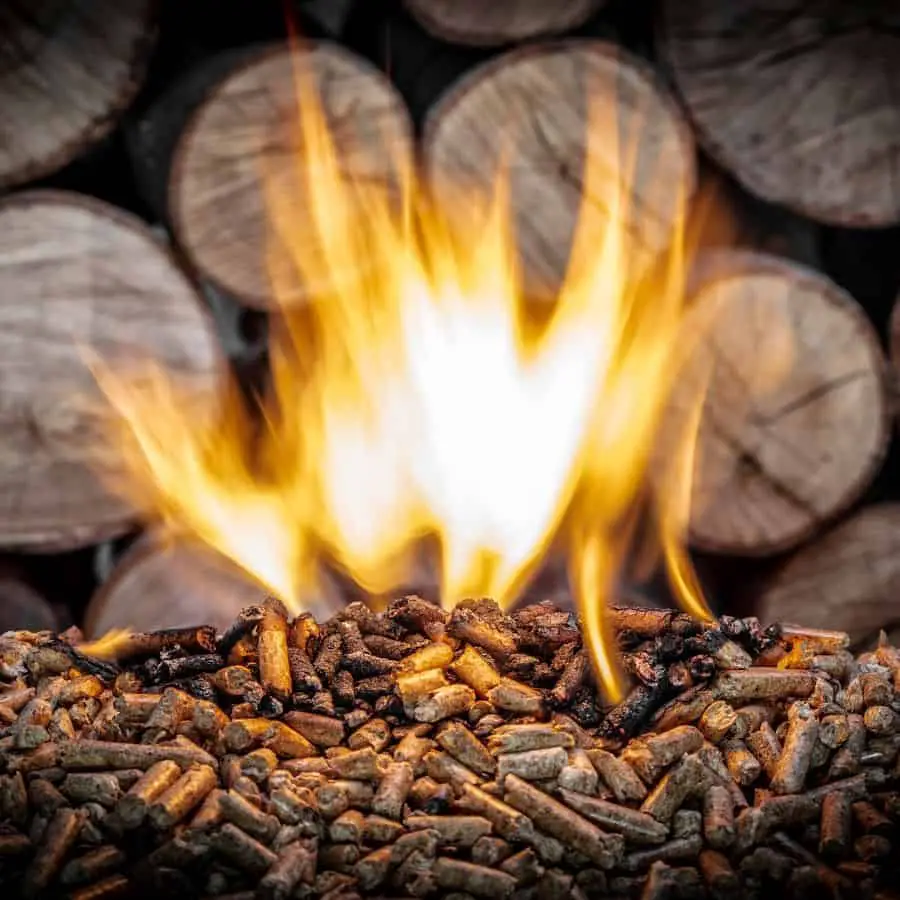
Types of BBQ Smoking Woods:
Now that we have gone over the majority of the flavors of wood that you will use for smoking, there is another important area that we must cover that most people who are new to smoking don’t know about. Choosing the type of wood.
- Do you need logs?
- Chips or chunks?
- Sawdust?
Choosing the cut/type of wood is important. Knowing what to use will better help you appropriately prepare the dish you are cooking. Take a look at the table below: (reference courtesy of Smoked BBQ Source.)
|
Types of Wood |
Size |
How to Use |
Advantages |
Other Tips |
|
Logs |
Up to 18 inches |
Large offset smokers and for use in commercial settings |
Can be used as both a heat source and smoke source |
Will take longer to burn down. If used as both a heat source and fuel source take care to select the right type of wood. (If you picked the wrong one you skipped through this guide!) |
|
Chunks |
Wood pieces up to 4 inches in size |
Smaller offset smokers. Water, ceramic, gas, barrel smokers, and also gas grills |
Can be used in a wide variety of smokers, is easy to buy, and does not take up a lot of space. Also, produces smoke in a short amount of time. |
No need to soak before burning |
|
Chips |
Around 3/4th an inch thick and 1 inch in length |
Gas, electric, and charcoal grills |
Readily available, easy to store and produces smoke quickly |
No need to soak. Can just wrap in foil and poke holes to prolong smoking |
|
Sawdust |
Wood ground into a fine dust |
Electric, stovetop, and handheld smokers |
Will produce smoke almost the instant that it is lit |
Don’t soak, will disintegrate. Cannot be used as a heat source |
|
Sawdust Disks |
Compress sawdust made in the form of a disk |
Electric smokers |
Convenient and will produce smoke quickly |
Will be disintegrated if attempted to soak |
|
Sawdust Pellets |
Compressed sawdust that resembles chicken feed pellets in size and shape |
Pellet Smokers, under grate smoking boxes and smoke generators |
Also, convenient and will produce smoke quickly |
As with all sawdust wood products, do not attempt to smoke. They will disintegrate. |
Types of Smokers
What is just as important as the wood flavor and type – whether it be hickory in wood chip form or applewood in log form – is knowing what type of smoker you will need to get the job done. Here is a quick break down of the smokers:
- Large Offset Smokers: These are used when cooking in commercial areas and when cooking larger cuts and quantities of meats. Good for when you have an army to feed and is common in a lot of BBQ restaurants.
- Smaller Offset Smokers: These are used when needing to smoke at home. Good for using wood chunks when the urge to smoke some meat comes around.
- Water Smoker: Water smokers are used in cases when you want to smoke meat at temperatures below 300 degrees for a long duration of time. If you want a smoky aroma and flavor add wood chips to the charcoal right from the beginning.
- Gas Smoker: Fueled by propane, the gas smoker is easier to clean and maintain than a charcoal one. It typically has a cabinet design and has four racks to set meat. The vent up top can be adjusted to prevent soot buildup on meat, while the bottom one is not adjustable (to ensure that the meat is cooked evenly.)
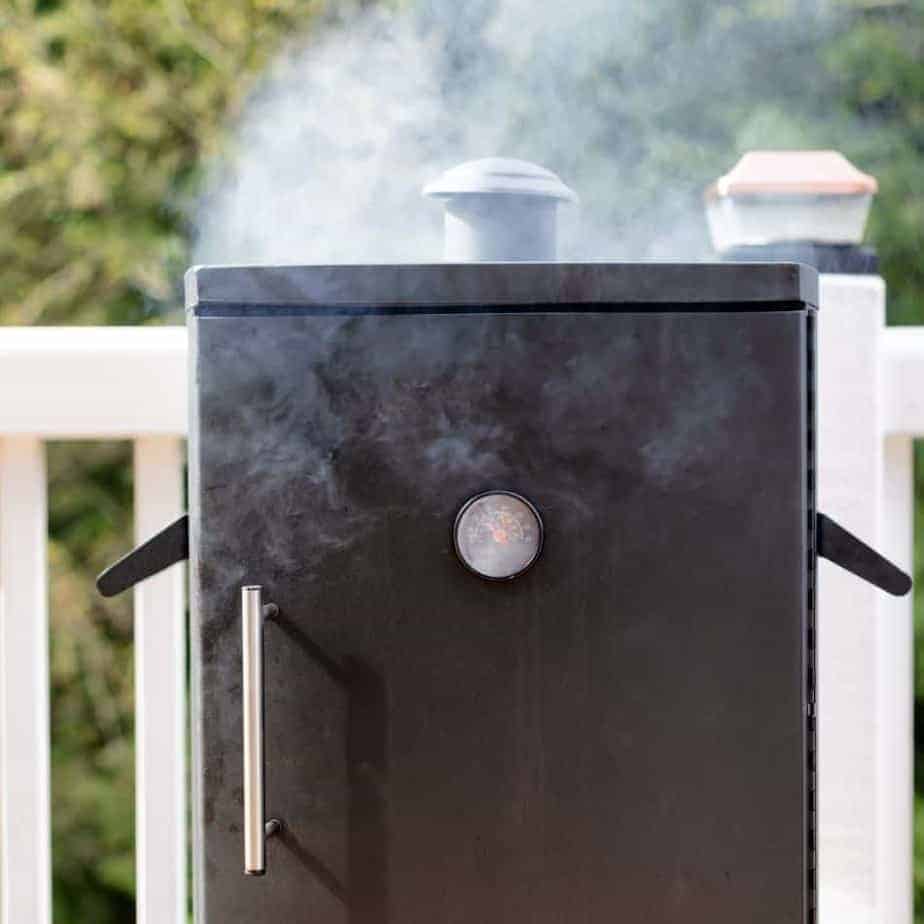
To Soak or Not to Soak My Wood?
There is a lot of argument among people when it comes to smoking wood. However, both from personal experience and from interjections from some legitimate grill experts, and here is the widespread verdict. YOU DO NOT HAVE TO SOAK YOUR WOOD.
The reason why a lot of people think you need to soak your wood before smoking and stand by it is that they believe that it helps smoke the meat longer. This may often be true, but at the same time when you soak wood you risk diluting the flavor and quality of the smoke.
The truth is that there is no real benefit to soaking the wood before smoking. If you do, you risk tainting the flavor of the meat and the quality of the wood. If you want to guarantee the quality of your smoked meat don’t take the extra step. Don’t soak your wood. However, you can pick wood with some moisture.
Here are a few tips for smoking by graciously provided by www.smokedbbqsource.com.
- If the wood has been left to dry for about six months, it will still retain enough moisture to smoke slowly. This is good for smoking.
- Store-bought woods are normally kiln dried and will burn hot and fast. This can pose an issue when trying to control temperature and smoke length.
- Using wood that has moisture has the benefit of providing a low and slow effect on your smoking.
Using Green Wood?
There are a lot of debates on this. Some say that you should only use dried wood when it comes to smoking due to the unsatisfying, overwhelming flavors and the potential undesirable smell that the smoke will produce that can occur when too much sap is in the wood.
However, as we talked about above, a little bit of moisture is not bad for the wood. It really depends on what type of flavor you are looking for and this is going to be based upon your personal preference. No guide can give a definitive answer when it comes to your taste palette. Experiment and see what you like best!
Should I Blend or Mix My Woods?
This is a great question that a lot of people ask when it comes to smoking and using the proper woods. Earlier, we mentioned how it is good to experiment and find what suits your palette. When it comes to blending and mixing woods do not be shy to do so!
A blend of maple wood and applewood are good examples of woods that pair together for a slow smoke. What about my strong burning mesquite? Mesquite pairs well with a bit of fruit woods and also hickory. Keep in mind that mesquite burns fast and you’re still going to have to keep an eye on it to make sure to attain the blend of flavors that you are looking for and pleases you.
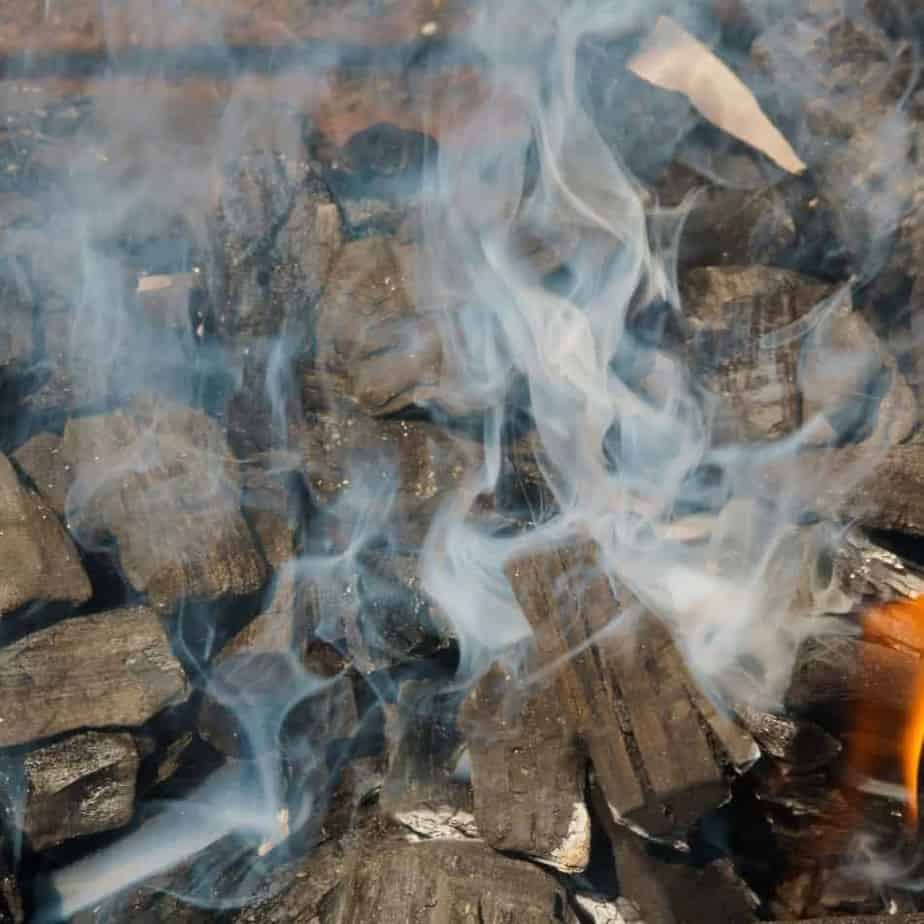
More Tips for Using Different Smoking Woods in BBQ
There are a few tips that you can find online that will help you out in the long run, especially if you’re serious about becoming a great pitmaster. Here are some tips of my own and from research on various experts to ensure to can get the best possible results from your smoking efforts.
- Always get your smoke from wood. A lot of people believe that smoke from charcoal is a great thing, but it is not. Charcoal should be your heat source. Not the source of flavor.
- Pair the size of your wood chunks with the size and type of meat and how long you want to cook — bigger chunks for longer cooks and wood chips or pellets or good for chicken and fish.
- Never use wood that does not smell good. The smell will not burn off, and you will affect the quality and taste of meat doing so. Quick fact: Smell accounts for 80% of taste, so keep that in mind. If it doesn’t smell good don’t use it.
- Store your wood outside and never on the ground. I learned this the hard way of living in Alaska. Putting wood on the ground can make it get damp, moldy, and even rot it out. Nobody wants to deal with that. Or clean up rotten wood. It is an extremely irritating and nasty experience.
- Make sure you experiment. You don’t even have to cook anything. Work with the woods to find out how you need to cook them and figure out the right blends of woods to attain your ideal smoke.
- Your food should smell good. You should be able to identify the spices you used, and the smoke should smell sweet.
- Do not cook directly over the heat source if you are looking for a long smoke. Cook the meat indirectly to attain the slow-smoked taste cooking directly over the heat source will cook your meat too fast before the flavor is attained.
- Make sure you clean your cooker. A lot of people don’t think this is necessary for some reason, but a dirty cooker from past smokes will negatively impact the flavor of your food. Keep it clean, so your smoke is not contaminated from other substances.
- Check your local BBQ stores for wood. A lot of places like Lowes and Home Depot sell smoking wood chips but you may have better luck at the local BBQ store. They tend to have more and better-quality options for individuals looking to get into meat smoking.
One Last Thing
Hopefully, this guide will be useful to you in your meat smoking adventure and that you got the information you were looking for especially to get started. I know it seems like a lot of information, and I thought so myself, but after you get started, it’ll seem so simple afterward.


